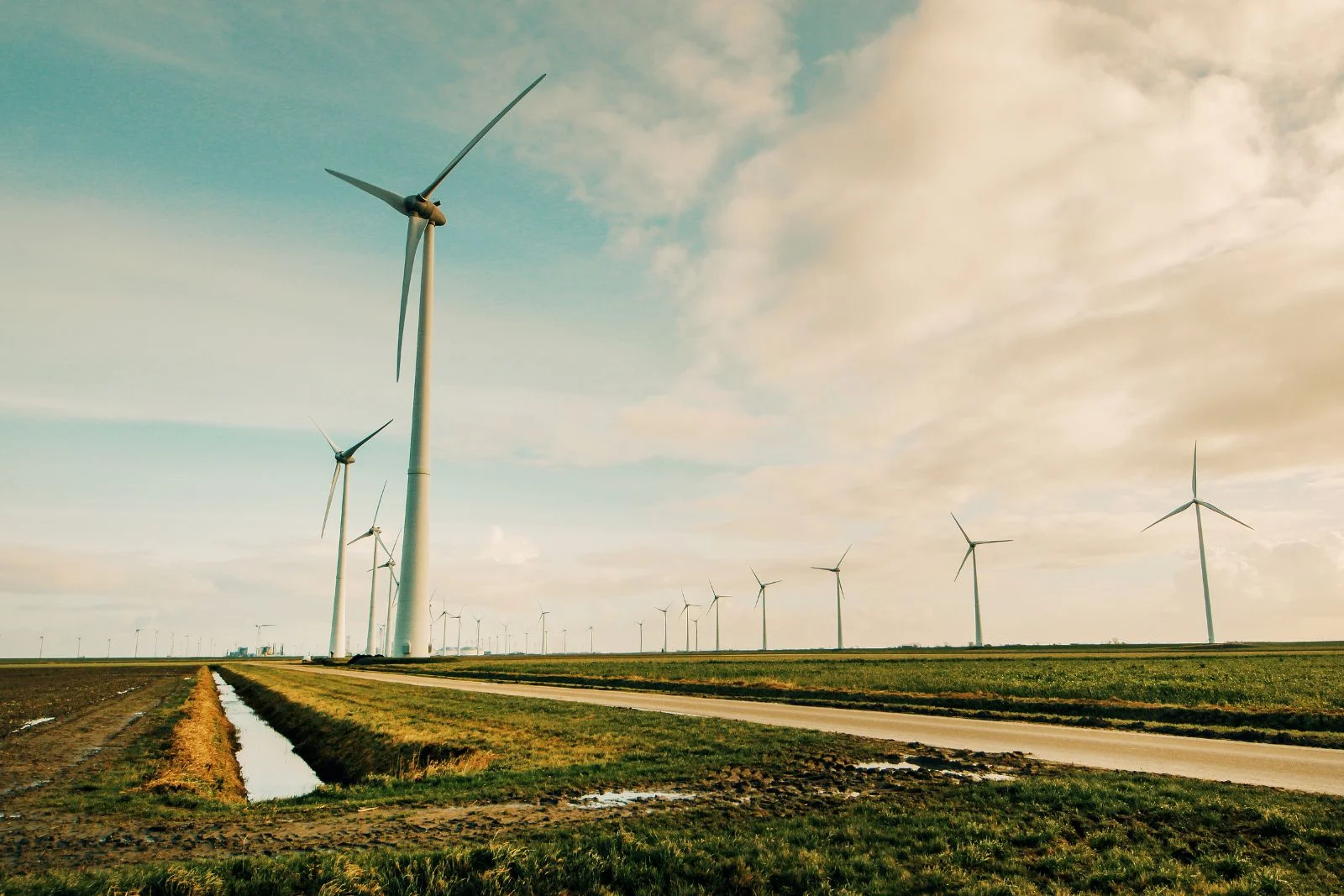With the world facing the climate change challenge, alternative sources of energy from renewable sources are instrumental in changing its energy systems across the world.
These sources indicate the demand for cleaner alternatives to fossil fuels with increased dependence on solar, wind, and hydropower.
Never has there been a greater urgency for clean energy solutions. This paper investigates renewable energy sources, their advantages, and their challenges and uses in the creation of a sustainable future.
What Are Renewable Energy Sources?
Natural processes introduce the sources of renewable energy and are constantly replenished.
Renewable sources provide a cleaner alternative to fossil fuels in their use in homes, businesses, and industries, unlike fossil fuels, which are a limited resource.
The primary renewable energy sources include:
Solar Energy:
Solar power is harnessed through photovoltaic cells and solar panels, converting sunlight into electricity. It’s abundant and clean.
Wind Energy:
Wind turbines use the kinetic energy of wind to generate electricity. Wind energy is rapidly growing due to technological advancements.
Hydropower:
This energy comes from the movement of water, typically harnessed through dams or flowing rivers to generate electricity. It remains reliable.
Geothermal Energy:
Derived from the Earth’s internal heat, geothermal energy generates electricity and provides heating solutions.
Bioenergy:
Bioenergy is produced from organic materials such as plant and animal waste. It’s used for heat, electricity, or biofuels.

Why Renewable Energy Sources Matter
Reducing Carbon Footprint
The greatest advantage of renewable sources of energy is that they decrease the amount of carbon emissions.
In contrast to fossil fuels where greenhouse gases are emitted into the atmosphere when combusted, renewable ones emit very little or no gases.
Renewable energy can be a critical solution to lessening the effects of climate change as countries pursue their climate targets.
Solar and wind power are examples that will produce electricity without carbon dioxide, which will help reduce global warming. Read another article on Industrial design impact
Energy Security and Independence
Energy security is also enhanced by renewable energy. Renewable sources are locally available and are abundant, unlike fossil fuels, which are mostly imported.
Wind turbines, hydropower plants, and solar panels can be located practically everywhere, and the reliance on foreign energy will be minimized.
Investment in renewable energy can also help countries diversify the power supply, especially in regions where conventional sources of energy are minimal. Besides, renewable energy development offers employment in building, operation, and maintenance.
Challenges in the Adoption of Renewable Energy Sources
Intermittency and Storage
Intermittency of renewable energy is one of the challenges. Solar and wind power are dependent on weather conditions; hence, fluctuation in energy generation is experienced. Renewable sources need to be supplemented by new technologies, unlike fossil fuels, which supply power all the time.
To overcome this challenge, storage electric systems, like batteries, are necessary. They store and use the surplus energy when production is at its peak and then discharge it when the generation levels are low to ensure stability in the grid.
Grid Integration
The introduction of renewable energy into the current power grids has technical issues. The old grids were meant to accommodate plants that use fossil fuels, and they offer constant power.
The decentralized and variable renewable sources also demand infrastructure upgrades in order to cope with the intermittent streams of energy.
The use of smart grids and the development of technologies allow for monitoring and coordinating the power generation, storage, and distribution better. Large-scale sources of renewable energy are easier to include in the grid through these systems.
Policy and Regulatory Hurdles
The government policies and regulations have a great part to play in the uptake of renewable energy.
Tax credits, subsidies, and feed-in tariffs are crucial in order to make renewable energy projects viable. But the problem is, old rules and a lack of investments might impede development.
Clearly, supportive policies must be put in place by governments to encourage the development of renewable energy as well as offer long-term stability to lure investments.
The Economic Impact of Renewable Energy Sources
Job Creation and Economic Growth
The energy sector is a major source of employment. As per the International Renewable Energy Agency (IRENA), in the year 2020, the renewable energy sector had a total of more than 11 million job opportunities across the world.
The figure will increase with more countries adopting clean energy.
Renewable energy sources like solar farms and wind turbines create construction, manufacturing, and operating jobs.
These employment opportunities lead to economic development, especially in rural setups where the renewable projects are usually situated.
Lower Energy Costs in the Long Run
Although the initial setup cost of renewable energy sources such as solar panels and wind turbines may be costly, the source has low costs of operation in the long run.
After being installed, the renewable systems need little maintenance, and the systems are less costly in fuel than the fossil fuel plants, as they depend on costly and unstable prices.
Renewable technologies are becoming more competitive with fossil fuels as they are made cheaper. Solar and wind generation in most areas is currently the most affordable in terms of the new generation of electricity.
The Future of Renewable Energy Sources
Technological Innovations
Technology is very important in ensuring the future of renewable energy. New methods of storing energy, like lithium-ion batteries and pumped hydro storage, have simplified the process of storing surplus energy that can be used in the future.
Renewable generation potential is also growing with wind and solar technologies like floating wind turbines and highly efficient solar panels.
Global Energy Transition
The global shift toward renewable energy is underway, but requires further action.
Governments, industries, and communities must collaborate to overcome barriers to adoption, such as outdated policies, grid integration issues, and technological development.
The future of renewable energy lies in a mix of large-scale projects and decentralized energy solutions.
As renewable energy technologies become more advanced and affordable, they will be central to providing clean, reliable energy worldwide.
Conclusion
Renewable energy sources are critical for a sustainable and secure energy future. From reducing carbon emissions to boosting economic growth, the benefits of renewable energy are substantial.
However, challenges such as intermittency, grid integration, and policy changes remain. The ongoing advancements in technology and infrastructure pave the way for a cleaner, greener future.
As nations invest in renewable energy, they will reduce reliance on fossil fuels and create a more resilient and sustainable global energy system.
The transition to renewable energy is no longer an option, but a necessity for the health of our planet and future generations.
FAQs
What are the 7 main sources of renewable energy?
The seven main sources of renewable energy include solar energy, wind energy, hydropower, geothermal energy, bioenergy, tidal energy, and wave energy. These sources are continuously replenished by natural processes and play a key role in sustainable power generation.
What are the 5 main renewable energy sources?
The five primary renewable energy sources are solar, wind, hydropower, geothermal, and bioenergy. These are the most commonly used globally and form the backbone of the renewable energy transition.
What are 10 renewable sources of energy?
Ten renewable energy sources include solar, wind, hydropower, geothermal, bioenergy, tidal, wave, ocean thermal, hydrogen, and biogas. Each contributes uniquely to reducing carbon emissions and creating sustainable energy systems.
What are 15 examples of renewable resources?
Fifteen examples of renewable resources are sunlight, wind, water (rivers and oceans), biomass, geothermal heat, tidal energy, wave energy, hydrogen, biogas, algae biofuel, wood, agricultural waste, animal waste, rainwater, and air currents.














